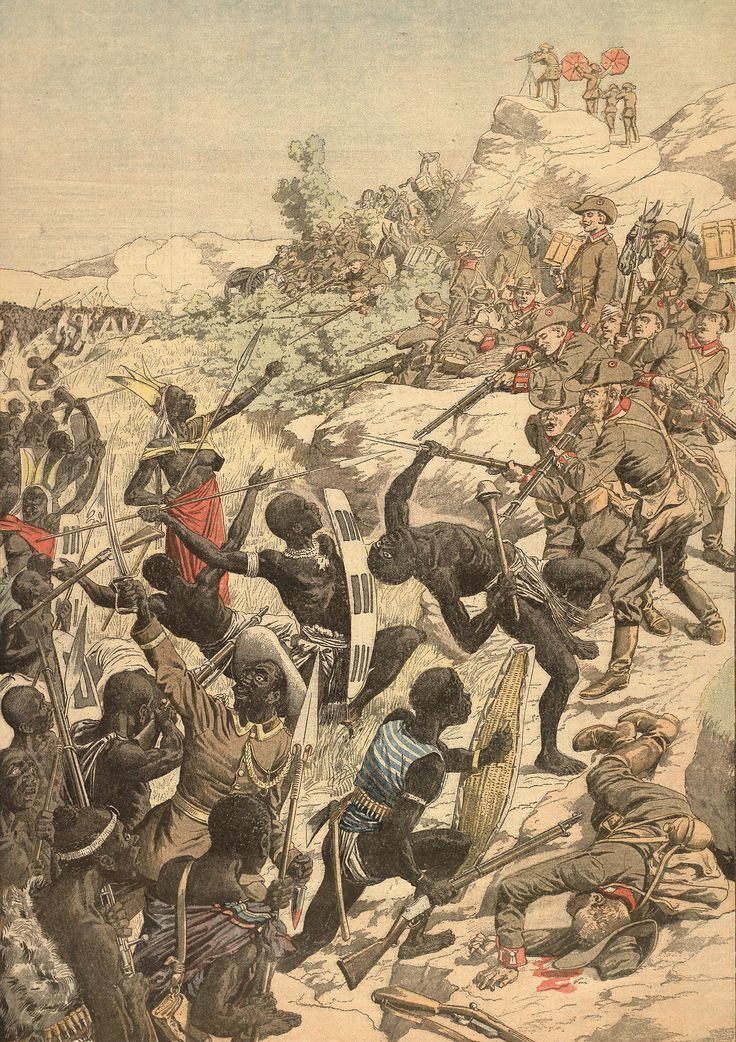 | ||
KIA 676, MIA76, WIA 907, died from disease 689, civilians 100 As many as 65-70,000 including civilians Result German victory, systematic extermination of native peoples Similar Battle of Waterberg, Maji Maji Rebellion, South West Africa campaign, Second Franco‑Dahomean War, First Franco‑Dahomean War | ||
The Herero Wars were a series of colonial wars between the German Empire and the Herero people of German South West Africa (present-day Namibia).
Contents
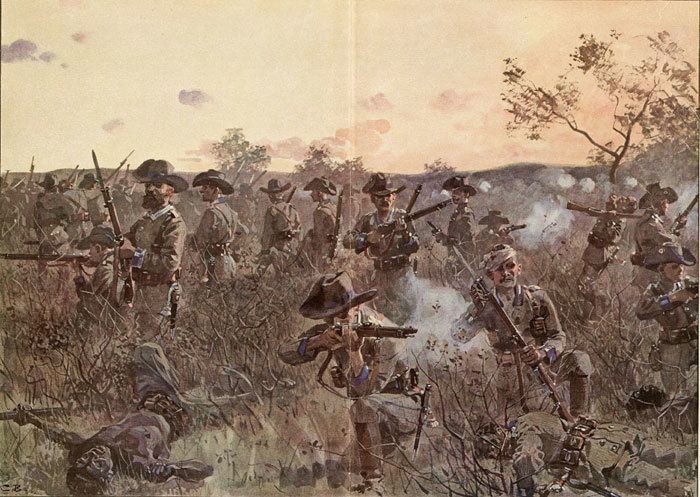
Background
The Hereros were cattle grazers, occupying most of central and northern South West Africa.
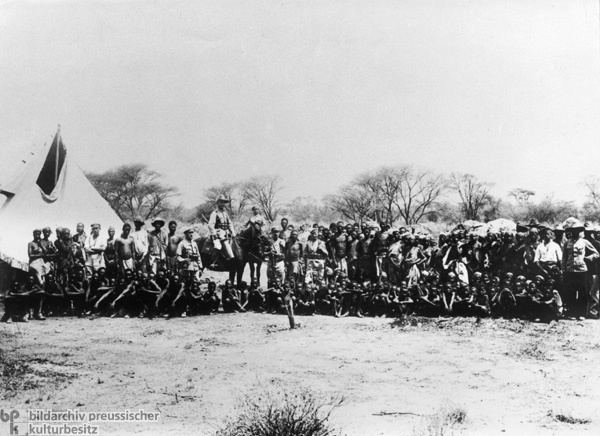
During the Scramble for Africa, South West Africa was claimed by Germany in August 1884. At that time, it was the only overseas German territory deemed suitable for white settlement. German colonists arriving in the following years occupied large areas of land, ignoring any claims by the Herero and other natives. There was continual resistance by the natives.
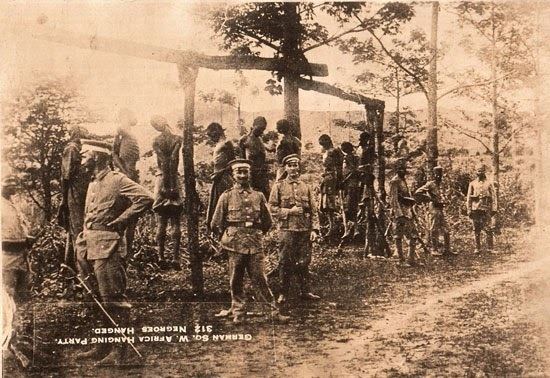
A sort of peace was worked out in 1894. In that year, Theodor Leutwein became the colony's governor. White settlers were further encouraged and took more land from the natives. That caused a great deal of discontent.
Rebellion
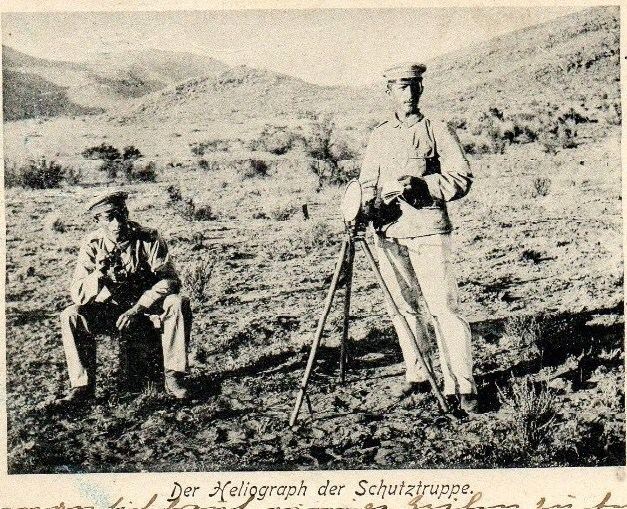
In 1903, some of the Khoi and Herero tribes rose in revolt and about 60 German settlers were killed. Troops were sent from Germany to re-establish order but only dispersed the rebels, led by Chief Samuel Maharero.
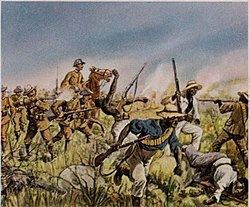
In October 1904, General Lothar von Trotha issued orders to kill every male Herero and drive the women and children into the desert. As soon as the news of this order reached Germany, it was repealed, but the rest of the native population had already become in full-scale revolt. When the order was lifted at the end of 1904, prisoners were herded into concentration camps and given as slave labor to German businesses; many died of overwork and malnutrition.

It took until 1908 to re-establish German authority over the territory. By that time tens of thousands of Africans (estimates range from 34,000 to 110,000) had been either killed or died of thirst while fleeing. At the height of the campaign some 19,000 German troops were involved.
At about the same time, diamonds were discovered in the territory, which briefly greatly boosted its prosperity. However, in 1915, during World War I, British and South African forces occupied South West Africa, which later became a protectorate of South Africa.
On 16 August 2004, 100 years after the war, the German government officially apologized for the atrocities. "We Germans accept our historic and moral responsibility and the guilt incurred by Germans at that time," said Heidemarie Wieczorek-Zeul, Germany's development aid minister. In addition, she admitted the massacres were equivalent to genocide.
In literature
The Herero Wars and massacre are depicted in a chapter of the 1963 novel V. by Thomas Pynchon. The tragic story of the Herero genocide also appears in Pynchon's 1973 novel Gravity's Rainbow.
The heavy toll of the Herero genocide on individual lives and the fabric of Herero culture is seen in the 2013 historical novel Mama Namibia by Mari Serebrov.
The war and massacre is significantly featured in The Glamour Of Prospecting, a contemporary account by Frederick Cornell of his attempts to prospect for diamonds in the region. In the book he describes his first hand accounts of witnessing the concentration camp on Shark Island amongst other aspects of the conflict.
